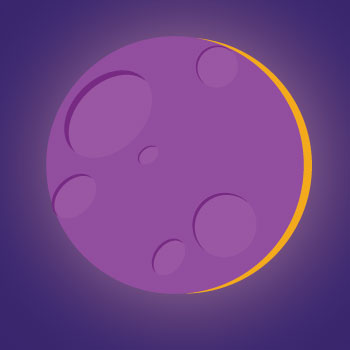We use cookies on this site to enhance your experience.
By selecting “Accept” and continuing to use this website, you consent to the use of cookies.

On Monday, April 8, North America will experience a partial solar eclipse between approximately 2 p.m. and 4:30 p.m., with the peak occurring at about 3:17 p.m. Laurier’s Brantford campus is in the path to experience a total eclipse starting at 3:17 p.m. and lasting one minute and 15 seconds. Laurier’s Waterloo campus will experience a partial eclipse that will cover 99% of the sun.
As we prepare for the upcoming solar eclipse, it is essential to recognize both its rarity and potential dangers. Solar eclipses are extraordinary celestial events, occurring when the moon passes between the Earth and the sun, casting a shadow on Earth. While breathtaking to witness, looking directly at the sun can cause permanent eye damage or even blindness.
It is not safe to look directly at the sun, except during the very brief total phase of a total solar eclipse, without specialized eye protection designed for solar viewing. Sunglasses will not protect your eyes during a solar eclipse. Even looking through a camera lens, binoculars, or a telescope without a special solar filter will cause severe and permanent eye injury. (source: NASA)
The following tips are provided by the Canadian Association of Optometrists to ensure your safety during the eclipse.
For more information, visit the Region of Waterloo Solar Eclipse Safety page.